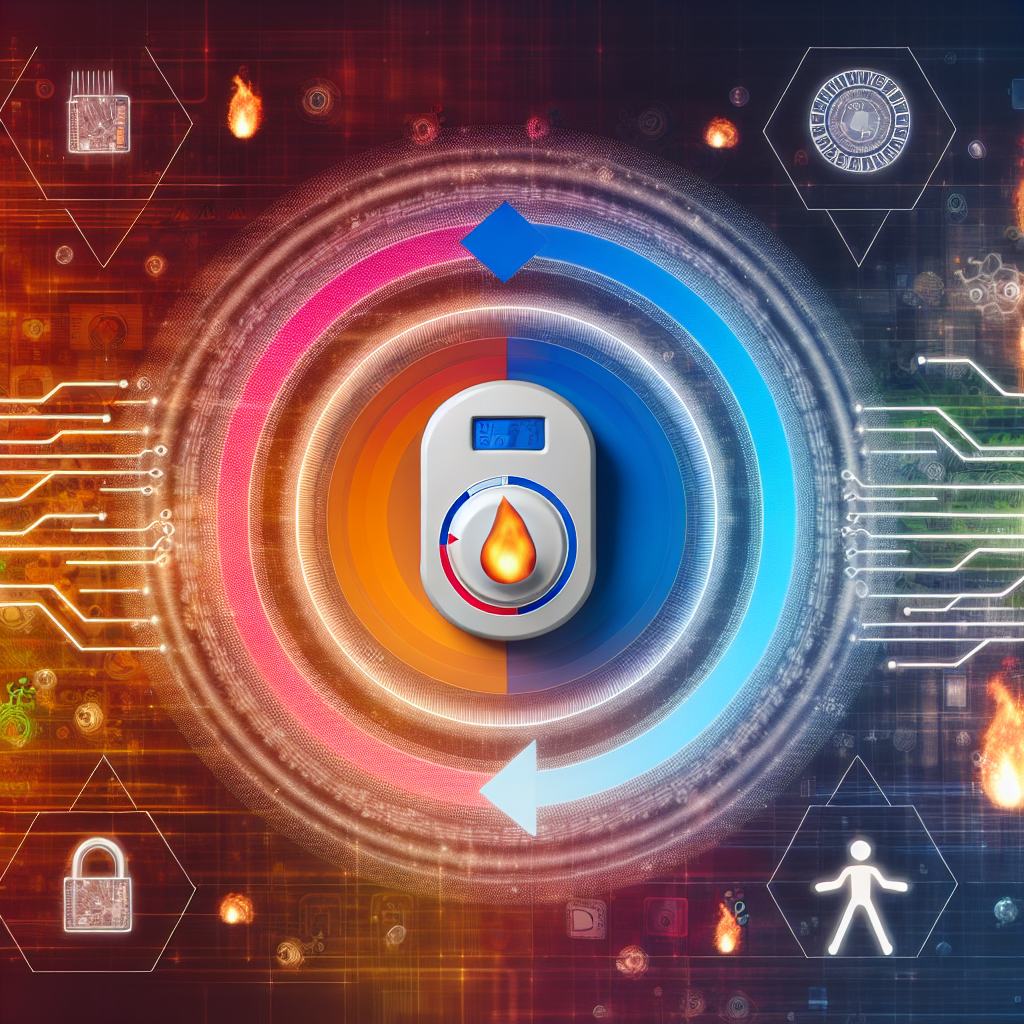Athlete Nap Guide – Quick-Charge Elixir for Recovery
Introduction
In the high-performance world of sports, every second of recovery matters. As athletes push their physical and mental boundaries, the demand for optimal recovery methods becomes paramount. While structured training regimens and nutrition plans dominate most recovery conversations, one often overlooked yet powerfully effective strategy is the athlete’s nap — a short, intentional rest period that can supercharge recovery, enhance cognitive function, and promote peak athletic performance.
Historically, napping has been considered a non-essential or even lazy habit. However, emerging science redefines its role especially for athletes. Whether it’s early morning swim sessions, doubleheader tournaments, or long-distance endurance runs, physical effort generates intense muscle fatigue and neurological strain. During sleep — particularly during REM (Rapid Eye Movement) sleep and slow-wave sleep (SWS) — the body releases growth hormone, repairs muscle tissue, consolidates learning, and resets cognitive focus.
While nighttime sleep is vital, short, well-timed naps offer a mid-day recovery edge — acting as a quick-charge elixir between intense workouts or competitions.
Athlete naps are structured interventions designed to support neuromuscular recovery and sharpen mental acuity. These aren’t luxury breaks but deliberate recovery strategies. Whether you’re an elite Olympian or a student-athlete balancing academics and training, naps can help you break through plateaus and reach new performance benchmarks.
Furthermore, napping helps regulate disrupted sleep patterns often caused by travel, early morning practices, and competitive stress. Afternoon napping (ideally between 1–3 PM, during the body’s natural circadian dip) maximizes restfulness and aligns with innate biological rhythms.
This guide explores how and why napping contributes profoundly to athletic recovery and performance, with evidence-based research and practical schedules that elevate a mid-day nap into a strategic performance tool.
Scientific Research & Practical Applications
Scientific literature is increasingly confirming a link between napping and improved athletic recovery. Several studies highlight physiological, psychological, and hormonal benefits for athletes who integrate naps into their recovery protocols.
One landmark study published by Sleep (Oxford Academic) found that sprinters who took a 30-minute afternoon nap after training experienced measurable improvements in sprint performance, mood, and perceived effort. Compared to non-napping athletes, they had quicker reaction times and less subjective fatigue.
Similarly, a 2021 study in Frontiers in Physiology analyzed napping effects on sleep-deprived basketball players. After a 40-minute nap, athletes showed improved motor performance, faster reaction time, and greater upper-body strength — highlighting how naps can compensate for poor sleep due to games or travel.
Napping also boosts neuromuscular memory and enhances learning. A 2019 meta-analysis published in Neuroscience and Biobehavioral Reviews revealed that ultra-short naps (as brief as 10 minutes) improve focus, reaction speed, and memory retention — essential for learning new techniques or recovering post-rehabilitation.
On the hormonal front, naps activate the parasympathetic nervous system (PNS) — the body’s “rest and digest” mechanism. This shift reduces cortisol (the stress hormone), promotes digestion, and boosts nutrient absorption post-exercise.
Optimal Nap Types for Athletes
The following nap types can be adapted based on your training and daily rhythm:
– Power Naps (10–20 minutes): Ideal for quick revitalization. These naps enhance alertness and concentration without entering deep sleep, helping athletes remain sharp between sessions.
– Recovery Naps (30–45 minutes): Enable entry into the early stages of deep sleep, fostering muscle repair. Best taken early in the afternoon post-training or post-lunch.
– Compensatory Naps (60–90 minutes): Provide a full sleep cycle including REM and SWS, perfect for offsetting sleep debt from nights of poor-quality or insufficient rest.
Napping Best Practices
To maximize benefits, consider the following tips:
– Avoid caffeine 3–4 hours before your nap.
– Schedule naps between 1 PM and 3 PM to align with your natural circadian rhythms.
– Create a cool, dark, and quiet environment to mimic nighttime sleep.
– Use an eye mask or white noise machine if necessary to block distractions.
– Set an alarm to avoid oversleeping, especially for power naps.
These small sleep hygiene adjustments can turn a casual nap into a meaningful part of your daily recovery routine.
Conclusion
A nap is no longer a passive break — it’s a proactive training tool that supports an athlete’s full potential. The evidence supporting recovery naps, neurological restoration, and performance improvement is growing rapidly, placing nap routines alongside nutrition and strength conditioning in importance.
Far from being a luxury or a sign of laziness, napping represents an athlete’s belief in smart recovery. It shows respect for the body’s natural cycles and a commitment to long-term performance. Whether you’re chasing the gold or a personal best, giving yourself permission to rest might be the edge you need.
Start viewing your nap not as downtime but as a strategic recovery window. Your next victory might begin with you shutting your eyes for just 20 minutes.
References
– Sleep – The beneficial effect of napping on athletic performance
– Frontiers in Physiology – Effects of napping on recovery in athletes
– Neuroscience and Biobehavioral Reviews – Meta-analysis on short naps and motor performance
– National Sleep Foundation – Sleep for athletes
– Mayo Clinic – Nap basics and sleep hygiene
Concise Summary
Napping is a strategic recovery tool for athletes, offering cognitive, hormonal, and neuromuscular benefits. Scientific research confirms short, well-timed naps enhance athletic performance, learning, and reaction time while reducing fatigue from poor sleep or overtraining. Power naps (10–20 min) sharpen focus, recovery naps (30–45 min) aid muscle repair, and full-cycle naps (60–90 min) restore deep fatigue. Incorporating naps into training routines can boost performance, reduce stress hormones, and align with circadian rhythms — making naps as essential as nutrition and physical therapy for achieving peak performance.

Dominic E. is a passionate filmmaker navigating the exciting intersection of art and science. By day, he delves into the complexities of the human body as a full-time medical writer, meticulously translating intricate medical concepts into accessible and engaging narratives. By night, he explores the boundless realm of cinematic storytelling, crafting narratives that evoke emotion and challenge perspectives.
Film Student and Full-time Medical Writer for ContentVendor.com




